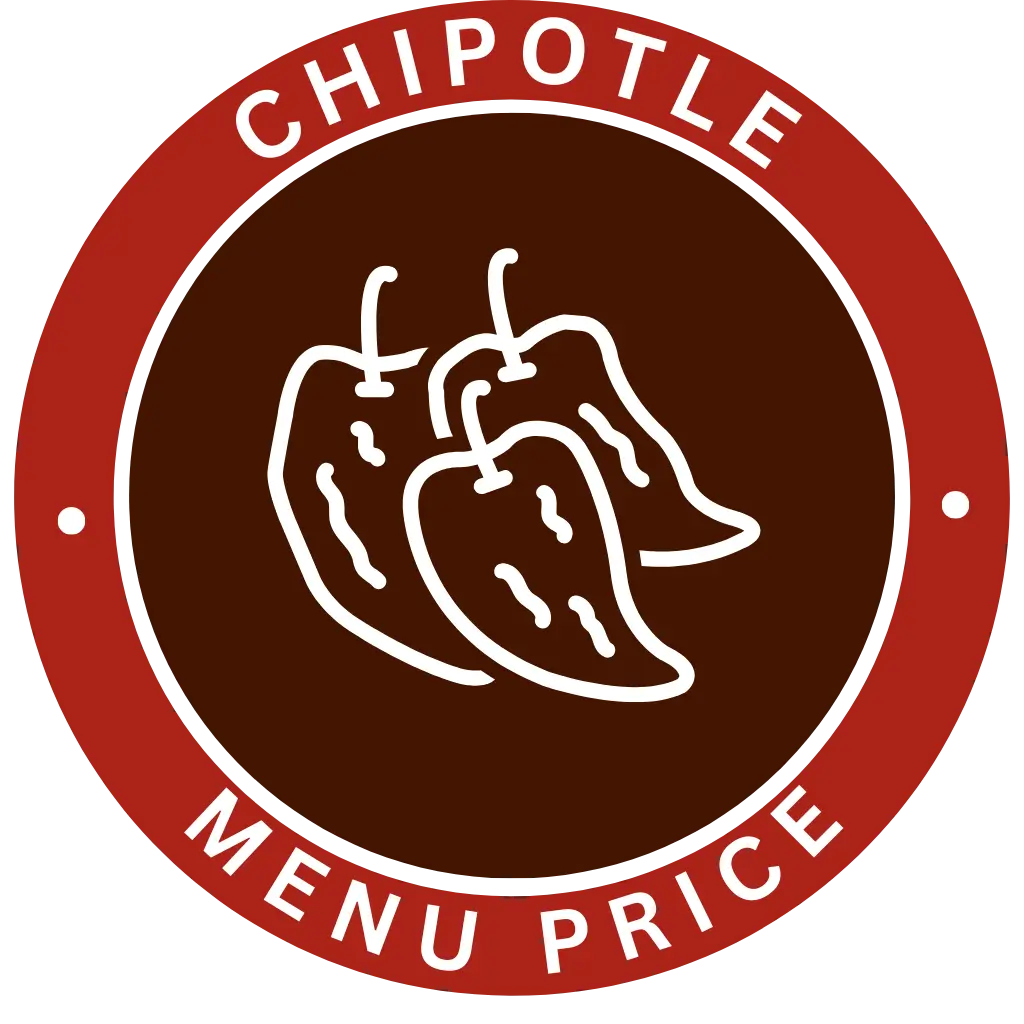How to Choose the Best Long-Term Food Kit for Your Emergency Needs
Unexpected situations can disrupt everyday life, making preparedness essential. Whether it’s a natural disaster, supply chain disruption, or economic uncertainty, having a reliable food source ensures security. A well-thought-out emergency food kit provides sustenance during emergencies, offering peace of mind for individuals and families. Selecting the right kit requires careful consideration of nutritional needs, storage conditions, and shelf life.
Understanding Your Nutritional Needs
When choosing a long term food kit, nutritional value should be a top priority. A balanced supply should include proteins, carbohydrates, healthy fats, and essential vitamins. Emergency situations can be stressful, so meals should provide enough energy to maintain physical and mental well-being. Consider dietary restrictions and preferences. Some individuals require gluten-free, vegetarian, or low-sodium options. A well-rounded food kit ensures that everyone in the household has access to suitable meals without compromising health.
Shelf Life and Storage Conditions
One of the most critical factors in selecting an emergency food kit is shelf life. Most high-quality options are designed to last anywhere from 10 to 25 years. Freeze-dried and dehydrated meals are common choices due to their extended longevity.
Storage conditions significantly impact shelf life. Food should be kept in a cool, dry place away from direct sunlight. Airtight packaging with oxygen absorbers helps preserve freshness. Investing in proper storage solutions, such as food-grade buckets or Mylar bags, further extends the usability of emergency supplies.
Variety and Meal Options
Survival situations don’t mean sacrificing variety. A good emergency food kit should offer a selection of meals to prevent fatigue from eating the same thing repeatedly. Options like soups, stews, pasta, rice dishes, and breakfast items help maintain morale during challenging times.
Look for meal kits that include different flavors and textures. Some provide options for hot and cold preparation, ensuring flexibility depending on available resources. Having both ready-to-eat and cookable options enhances adaptability.
Ease of Preparation
During an emergency, access to cooking appliances may be limited. Some food kits require boiling water, while others are ready-to-eat with minimal effort. Choosing a mix of instant meals and ones that require basic preparation ensures readiness for various scenarios.
Fuel availability also plays a role. Access to clean water and a heat source is essential if relying on freeze-dried meals. Those in uncertain conditions may prefer no-cook options for added convenience.
Bulk Supply and Customization Options
Bulk food kits provide a cost-effective solution for those preparing for extended periods. These kits typically contain large quantities of staple items like rice, beans, and oats. Buying in bulk reduces per-meal costs while ensuring a consistent food supply.
Customization is another factor to consider. Some providers allow individuals to build their own emergency food supply, selecting specific items that meet personal needs. This flexibility helps tailor preparations to different family sizes and dietary preferences.
Reliable Sourcing and Quality Assurance
Not all emergency food kits are created equal. Reputable suppliers follow strict quality control measures, ensuring their products meet high standards. Food-grade packaging, lab testing, and proper ingredient sourcing contribute to a safe and reliable food supply.
Verifying certifications, customer reviews, and manufacturing standards helps determine a supplier’s credibility. A trustworthy provider prioritizes food safety, ensuring that stored meals remain fresh and nutritious when needed most.
Investing in a high-quality long term food kit is a crucial step in emergency preparedness. The right choice depends on nutritional value, shelf life, variety, and ease of use. Reliable sourcing ensures that food remains safe and effective over time. With careful planning, individuals and families can secure a dependable food supply, offering reassurance in uncertain times





